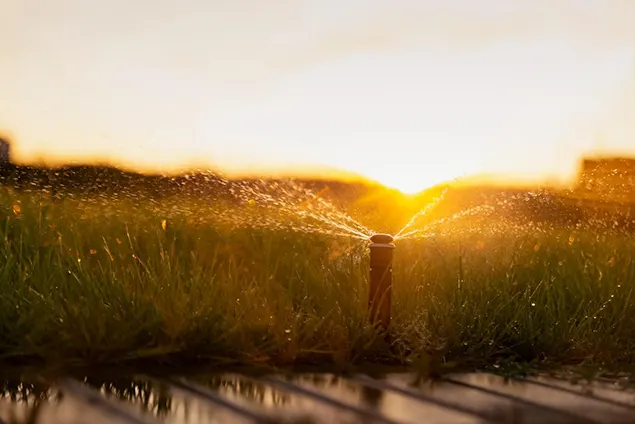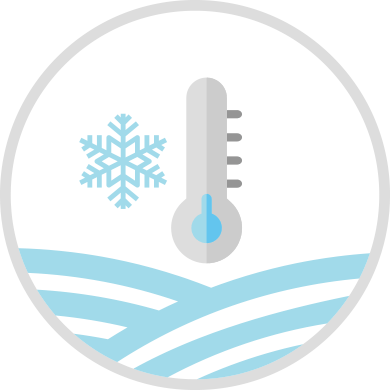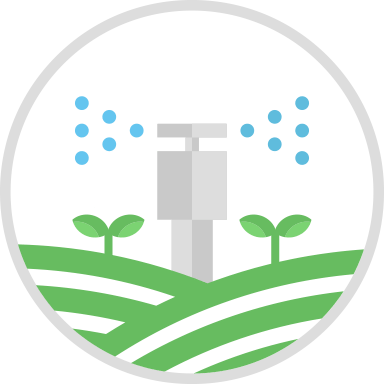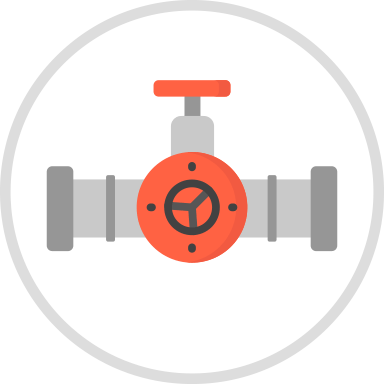When those cold, barren days of Winter have finally come to an end, it’s probably time to fire up the old irrigation system, right? So you go outside, open the supply valve wide, turn on the timer, and suddenly, without any warning, a geyser erupts.
So what happened here? Although a myriad of factors come into play here, one thing is certain: neglecting to properly start up your irrigation system doesn’t bode well for your lawn, let alone your wallet. Fortunately, we’re here to help you avoid this daunting scenario.
With just a few simple steps, we can protect your irrigation system from immediate and unforeseen damage that occurs after improper startup. Not only that, a sound sprinkler system startup ensures those underground pipes remain reliable for years to come.








